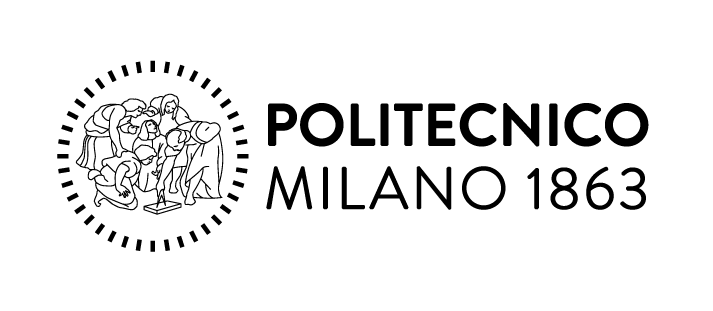Electrostatics and magnetostatics
Electrostatics and magnetostatics
Fundamentals of Electromagnetic Fields
The series “Fundamentals of Electromagnetic Fields” introduces the principles of static and dynamic electromagnetic phenomena. From electrostatics and magnetostatics to Maxwell’s equations, plane waves and transmission lines, it provides the essential tools to understand how electromagnetic fields shape technologies and communication systems.
See the full seriesCourse description
The MOOC explores the world of electrostatics and magnetostatics, unveiling how static electric and magnetic fields originate, interact, and can be described through fundamental operators. It offers advanced knowledge for students of Master of Science courses and for anyone eager to deepen their understanding of electromagnetic theory for personal or professional growth.
Total workload of the course: 7 hours
This MOOC is provided by Politecnico di Milano.
This MOOC was produced as part of the Edvance project – Digital Education Hub per la Cultura Digitale Avanzata. The project is funded by the European Union – Next Generation EU, Component 1, Investment 3.4 “Didattica e competenze universitarie avanzate".






Intended Learning Outcomes
By actively participating in this MOOC, you will achieve different intended learning outcomes (ILOs).
- Describe scalar and vector fields and apply the fundamental differential and integral operators used in electromagnetism.
- Explain the concepts of electrostatic field, potential, and energy, and relate them to physical systems.
- Analyze the behavior of electrostatic fields in different materials.
- Describe the concept of electric current and analyze steady-state (magnetostatic) fields generated by simple current distributions.
- Evaluate the response of materials to magnetostatic fields and perform basic quantitative analyses.
- Determine the inductance and resistance of conductors with simple geometries relevant to practical applications.
- Apply electrostatic and magnetostatic principles to interpret real-world electromagnetic phenomena.
ESCO: Electromagnetism ESCO: Electric current ESCO: Electricity principles
Prerequisites
No formal knowledge is required.
Activities
Over and above consulting the content, in the form of videos and other web-based resources, you will have the opportunity to discuss course topics and to share ideas with your peers in the Forum of this MOOC. The forum of this MOOC is freely accessible, and participation is not guided; you can use it to compare yourself with other participants, or to discuss course contents with them.
Section outline
-
-
Week 1 introduces scalar and vector fields, with a focus on the operators commonly used to describe them. A short quiz allows you to check your understanding.
-
Week 2 explores electrostatic fields, potentials, energy and capacitance, including their behavior in different materials. To wrap up the week, a concluding test helps you measure your progress.
-
Week 3 presents magnetostatics, covering magnetic fields, sources, and their description in materials, leading to the concepts of inductance and resistance. A final test at the end of the Week verifies the knowledge acquired.
-
-
Video transcripts Folder
-
Bibliography and Linkography Page
-
Assessment
Your final grade for the course will be based on the results of your answers to the assessed quizzes. You have an unlimited number of attempts at each quiz, but you must wait 15 minutes before you can try again. You will have successfully completed the course if you score 60% (or higher) in each one of the assessed quizzes. The maximum score possible for each quiz is given at the beginning of the quiz. You can view your score in the quiz on your last attempt or on the 'Grades' page.
Certificate
You can achieve a certificate in the form of an Open Badge for this course, if you reach at least 60% of the total score in each one of the assessed quizzes and fill in the final survey.
Once you have completed the required tasks, you will be able to access ‘Get the Open Badge’ and start issuing the badge. Instructions on how to access the badge will be sent to your e-mail address.
The Badge does not confer any academic credit, grade or degree.
Information about fees and access to materials
The course is delivered in online mode and is available free of charge.
Course faculty

Gian Guido Gentili
Teacher
Gian Guido Gentili has been an associate professor at the Politecnico di Milano since 2002, in the ING/INF-02 (Electromagnetic Fields) department. His research interests include computational electromagnetics, filters, and microwave devices, antennas, and arrays in general. He has published over 170 articles in high-impact conferences and journals. He has also written several textbooks for courses taught at the Politecnico on basic electromagnetism, electromagnetic waves, and microwave technology. He is a member of the IEEE and has served as a reviewer for dozens of journals in the field of electromagnetics.
Contact details
If you have any enquiries about the course or if you need technical assistance please contact pok@polimi.it. For further information, see FAQ page.